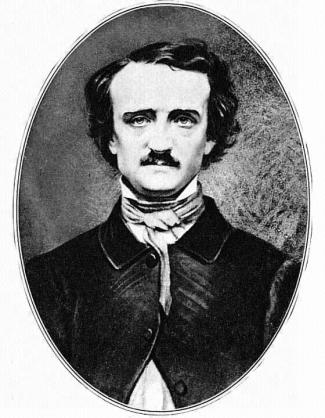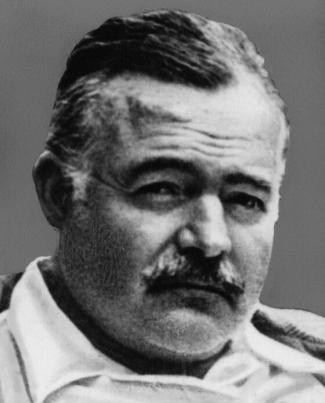Short Story
Eine Kurzgeschichte ist ein kurzer Erzähltext in Prosa, dessen Gestaltungsmittel gebündelt werden, um eine einzige herausragende Wirkung zu erzielen. EDGAR ALLAN POE (1809 bis 1849) gilt durch seine Kurzgeschichten und theoretische Schriften als Begründer der traditionellen Short Story; er definierte 1842, was er unter “a short prose narrative” verstand. Aus dieser Definition lassen sich die Darstellungsprinzipien der Short Story ableiten.
Am Beispiel des Anfangs von ERNEST HEMINGWAYS A Clean, Well-Lighted Place wird das Darstellungsprinzip der Komprimierung und Dichte vorgestellt.
Edgar Allan Poe and the Definition of the Short Story
A short story is a short narrative text in prose designed to produce a single dominant effect.
In 1842 EDGAR ALLAN POE defined what he considered to be a “short prose narrative”. (The term 'Short Story' was first used no earlier than 1885 by the literary critic BRANDER MATTHEWS.)
“A skilful literary artist has constructed a tale. If wise, he has not fashioned his thoughts to accommodate his incidents; but having conceived, with deliberate care, a certain unique or single effect to be wrought out, he then invents such incidents – he then combines such events as may best aid him in establishing this preconceived effect. If his very initial sentence tends not to be outbringing of this effect, then he has failed in his first step. In the whole composition there should be no word written, of which the tendency, direct or indirect, is not to the one pre-established design. And by such means, with such care and skill, a picture is at length painted which leaves in the mind of him who contemplates it with a kindred art, a sense of the fullest satisfaction. The idea of the tale has been presented unblemished, because undisturbed; and this is an end unattainable by the novel.”
The following principles of composition for short stories can be derived from POE's definition:
- selection: selection of an event or situation which is most fitting to present and illustrate the single aspect of human nature the author has in mind,
- concentration: concentration on one single situation, a limited number of characters and a limited selection of details,
- brevity: conciseness of expression; every word has to be to the point,
- compression by suggestion and implication: use of suggestive language (symbols, meaningful repetition) instead of elaborate detail; information is not given directly; often elements of the situation are only hinted at and have to be read between the lines.
-
EDGAR ALLAN POE (1809 bis 1849)

“It was late and everyone had left the café except an old man who sat in the shadow the leaves of the tree made against the electric light. In the daytime the street was dusty, but at night the dew settled the dust and the old man liked to sit late because he was deaf and now at night it was quiet and he felt the difference. (…) where the tables were all empty except where the old man sat in the shadow of the leaves of the tree that moved slightly in the wind. (…) The old man sitting in the shadow rapped on his saucer with his glass.(…)”
(Beginning of A Clean, Well-Lighted Place by ERNEST HEMINGWAY)
At the beginning of A Clean, Well-Lighted Place we learn of the old man's isolation through the description of the situation. We learn this in a variety of ways by implication rather than by direct information.
The old man's deafness shuts him off from the world around him; especially at night when everything is quiet and the settled dust muffles any sound. The description stresses the fact that the old man is the only guest at the café that night. Repetition draws attention to the detail that he is sitting in the shadow of the moving leaves; he is concealed from passers-by and withdrawn from any human contact. He does not speak in order to signal to the waiter; he merely raps “on his saucer with his glass”.
-
ERNEST HEMINGWAY (1899 bis 1961)


